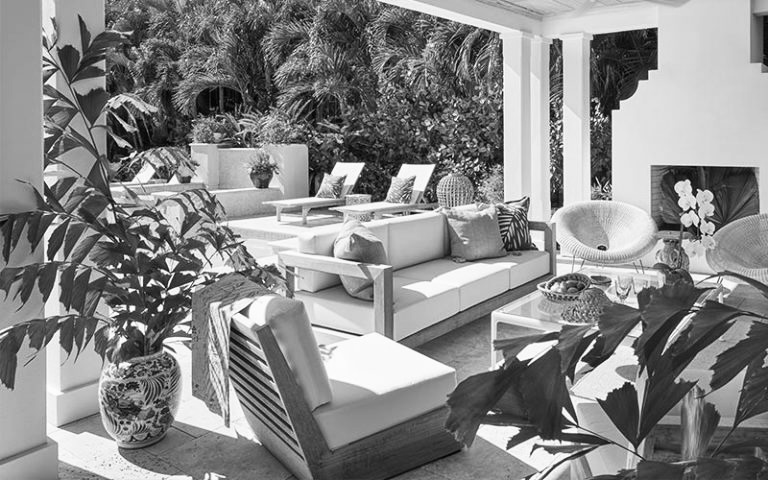The significance of wellness has taken center stage in the home setting. As individuals seek refuge from the stress and chaos of daily life, the fusion of interior design and wellness has emerged as a transformative concept. The profound impact that interior design can have in one’s overall well-being by selecting thoughtful design choices and colors can help create a harmonious space.
Creating Serene Sanctuaries:
The foundation of a wellness-focused interior lies in creating serene sanctuaries within the confines of one’s living spaces. Natural elements, such as organic textures, soothing colors, and abundant plant life, establish an immediate connection to nature and the outdoors. These elements not only contribute to aesthetic beauty but also serve as conduits for stress reduction and improved mental health.
Holistic Design Approach:
Embracing a holistic approach to interior design means considering not just aesthetics, but also the functionality and energy flow of a space. Open layouts, ample natural light, and proper ventilation are essential components that foster a sense of vitality and balance. Mindful furniture placement that encourages movement and relaxation further contributes to a holistic atmosphere.
Color For Mood Enhancement:
Color has the remarkable ability to influence emotions and moods. Soft, muted tones like tranquil blues and gentle greens evoke a sense of calmness, while warm earthy hues bring about feelings of security and grounding. The strategic use of these colors in interior design can directly impact the occupants’ emotional state, promoting relaxation and mental well-being.
Mindful Furniture and Layout:
Wellness-focused interior design goes beyond aesthetics, extending into the selection of furniture and spatial layout. Ergonomically designed furniture not only enhances physical comfort but also prevents strains and promotes good posture. Incorporating cozy corners for relaxation, meditation, or reading encourages moments of introspection and mindfulness.
Incorporating Biophilic Design:
Biophilic design, an approach that integrates nature into built environments, is gaining traction in the wellness-focused design sphere. Indoor gardens, living walls, and water features not only enhance aesthetics but also purify the air and create a sense of tranquility. The presence of natural elements fosters a deep connection to the environment, reducing stress and improving overall well-being.
Embracing Minimalism:
The clutter-free principles of minimalism align seamlessly with wellness-focused design. By decluttering and simplifying living spaces, individuals can experience reduced mental clutter as well. Minimalist design promotes a sense of order and tranquility, making it easier to unwind and find respite in the home environment.
Interior design and wellness are intricately linked, with the potential to significantly impact our overall quality of life. By approaching design choices with mindfulness, considering factors beyond aesthetics, and incorporating elements that resonate with nature, we can create living spaces that nurture our well-being. As the world continues to evolve, the integration of interior design and wellness will undoubtedly play an increasingly vital role in fostering a harmonious and balanced lifestyle.
Remember, no matter your budget, finding simple ways to make your home an oasis can greatly impact your health and wellness. Start small with finds from thrift stores to garage sales as very often the best treasures can be found in the least expected places. If you’re needing to clear out and approach a minimalism aesthetic, remember to donate what you can to those in need. Lastly, soft gentle music from classical tunes of Mozart or the sounds of a spa can add extra tranquility to your space.
Mindfully curated by Debra Gudema for Well&Co.
📸: Brantley Photography/Ellen Kavanaugh Interiors

